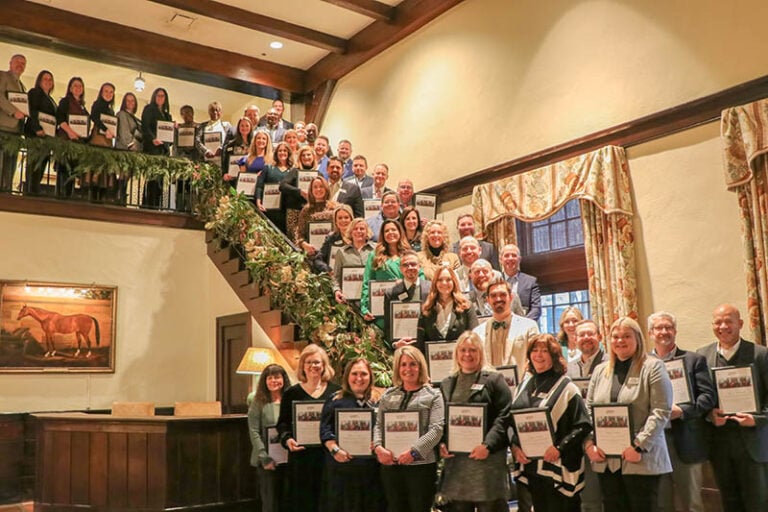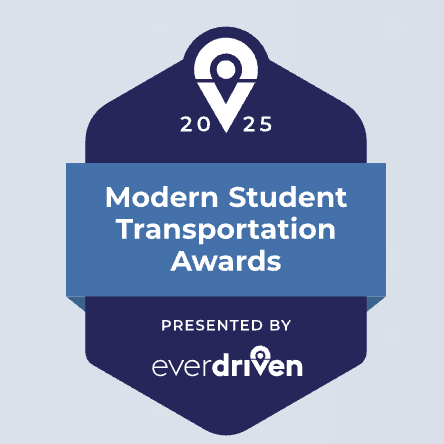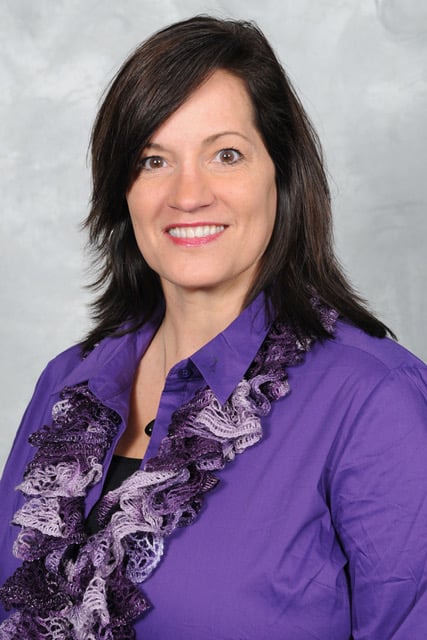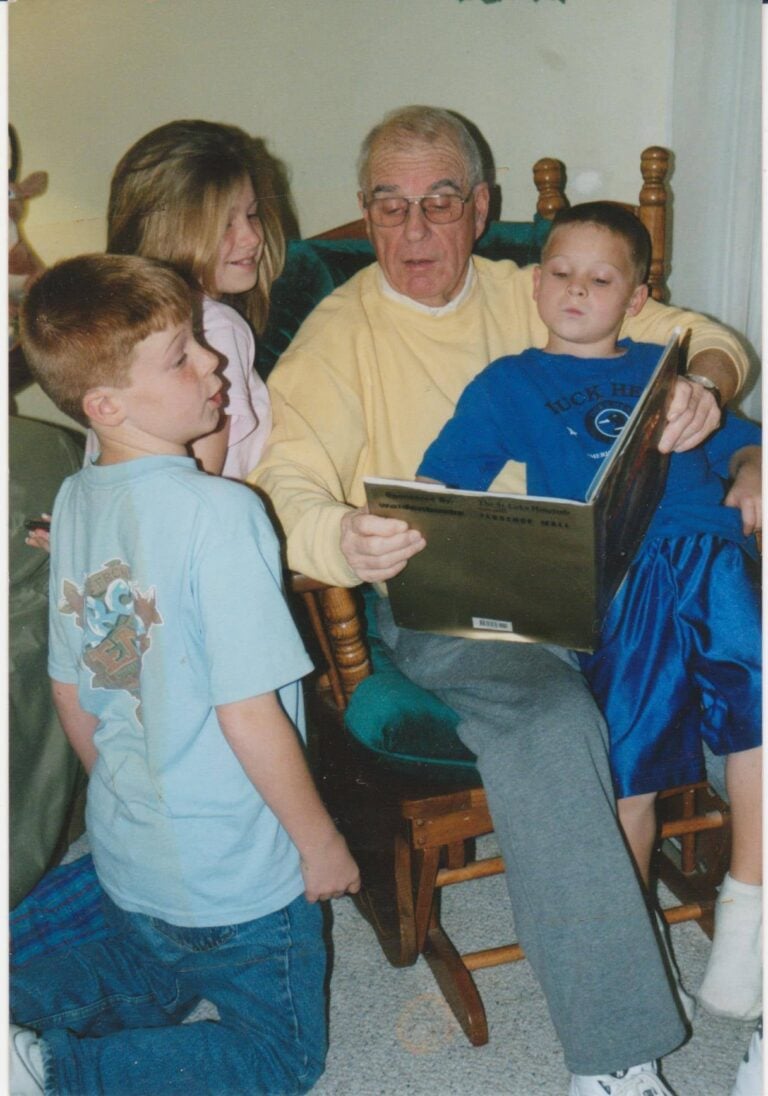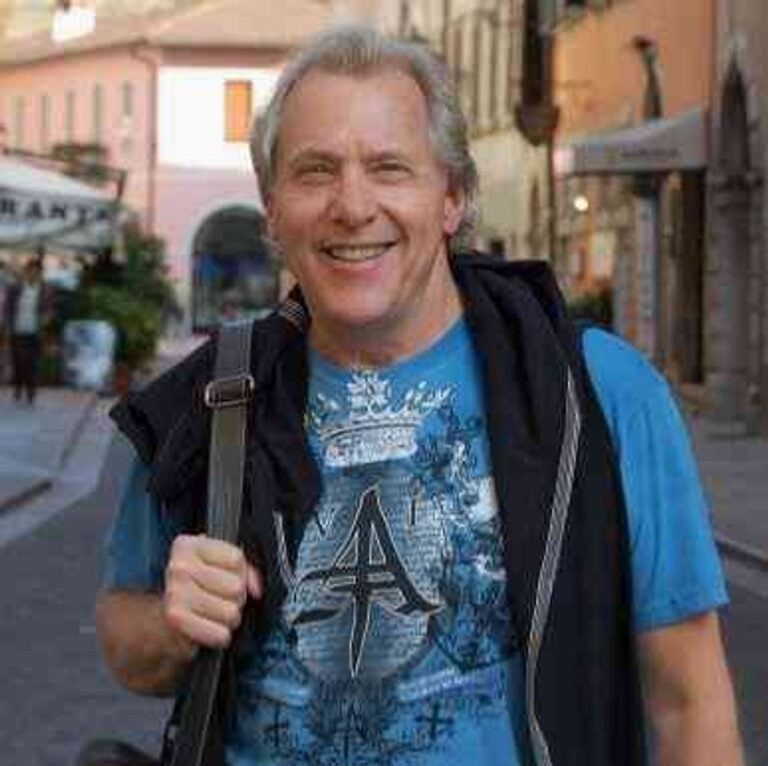By Mike Rutledge
NKyTribune Contributor
From 2000 through 2009, Kentucky led the nation in increasing its percentage of residents with college educations, Robert L. King, president of the Kentucky Council on Postsecondary Education, told an audience at Northern Kentucky University on Wednesday.
During that period, Kentucky was first in the nation at improving its six-year graduation rates at state colleges and universities. It also ranked second nationally in boosting the percentages of people aged 25-44 who held associate’s degrees or higher, King said.

But since 2010, that progress has slowed significantly, he said. Since that time, Kentucky’s progress in six-year graduation rates slipped to 41st in the nation, and its rate of improvement in increasing percentages with associate’s degrees dragged from second to 24th, he said.
Those are reasons that not only low-paying jobs – but also ones that pay well – can be moving elsewhere, King said: Good jobs go to well-trained workforces.
King made his comments to an audience of about 80 that gathered at the Votruba Student Union at NKU for the final Town Hall Meeting to discuss Kentucky’s proposed five-year plan for improving postsecondary education.
Significant in that slippage, King noted, have been cuts to Kentucky’s college budgets. While the average state last year boosted its higher-education funding by 5.2 percent, Kentucky cut its budget by 2 percent, tying it with West Virginia for worst education budget increases, he said.
In a world where job-holders are increasingly required to have at least the skills that accompany an associate’s degree, Kentucky is lagging behind, King told the group.
The audience consisted of mainly college educators, high school counselors and teachers, foundation members, elected officials and college board members. After the presentation, the audience broke into groups to discuss aspects of the proposed five-year plan.
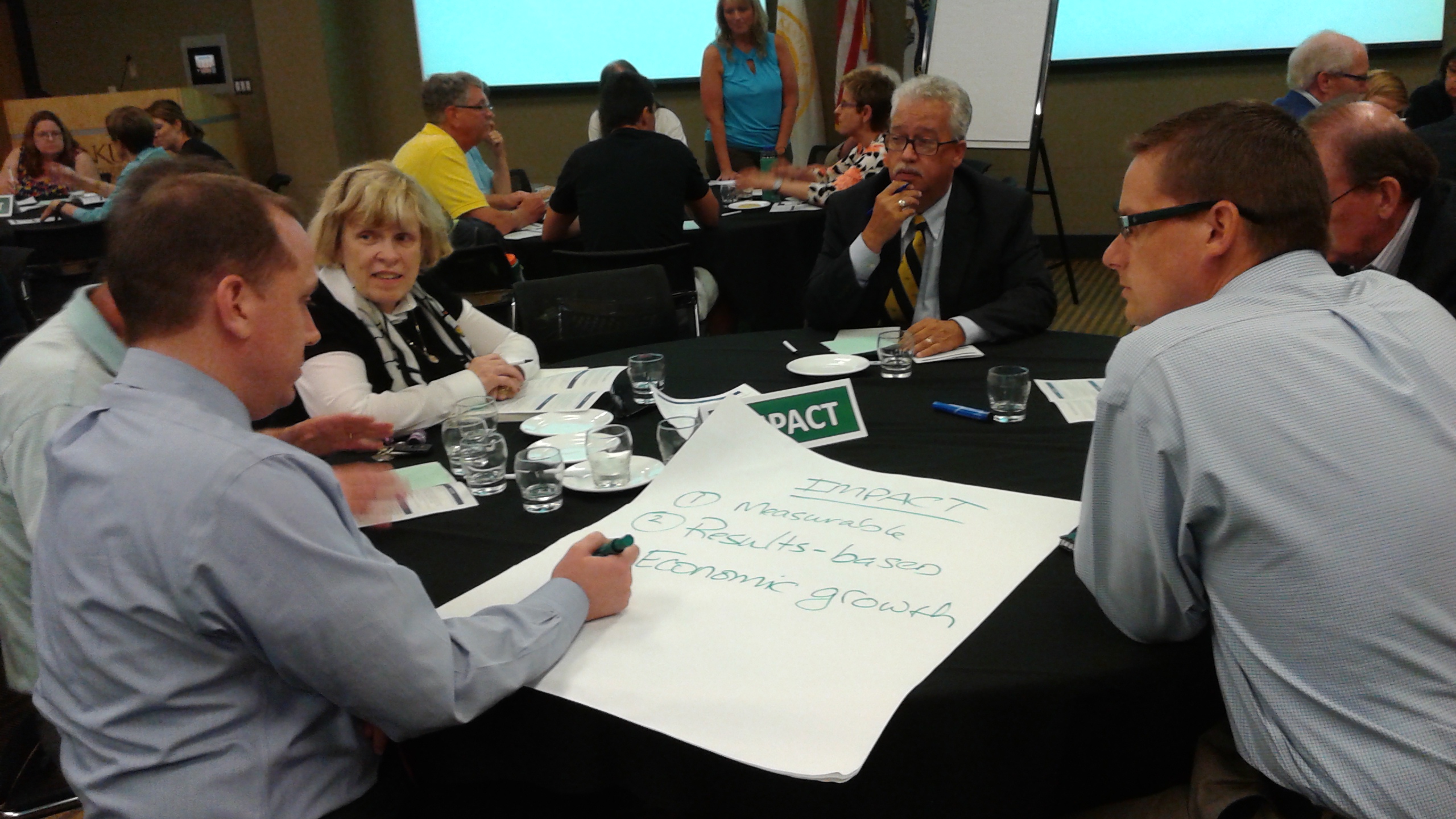
Aside from the state’s inability to designate more money toward higher education, some audience members expressed particular concern for the low numbers of high-school guidance counselors per student. Kentucky’s state average is one counselor for every 473 students, which gives the counselors little time to help first-generation college students and their families the help they need to figure out how to attend college.
King assured the audience the postsecondary council has “a very strong recognition of the importance of advising.” As for the 1-to-473 ratio, he said: “It’s outrageous.”
Across the United States today, about 40 percent of working-age adults hold an associate degree or higher educational attainment. In Kentucky, that percentage is only 33 percent, King said. President Obama has set a goal to raise the national figure to 60 percent by 2025.
King shared that, when he graduated from college in 1968, “the United States ranked No. 1 in terms of the proportion of our citizens with a bachelor’s degree or higher.”
“Today,” he added, “depending on what survey you look at, we rank 10th, or 12th or worse,” he said. “And if there is any question about why this country became the economic and military superpower it did in the 20th century, it was because we had a more highly educated populace than any other country on the planet.”
In 1968, King said the No. 2 country in percentage of bachelor’s degree holders was England, which had half the rate of this country.
“So times have changed,” he said, “and countries we never would have dreamed of surpassing us are looking at America in their rear-view mirror.”











